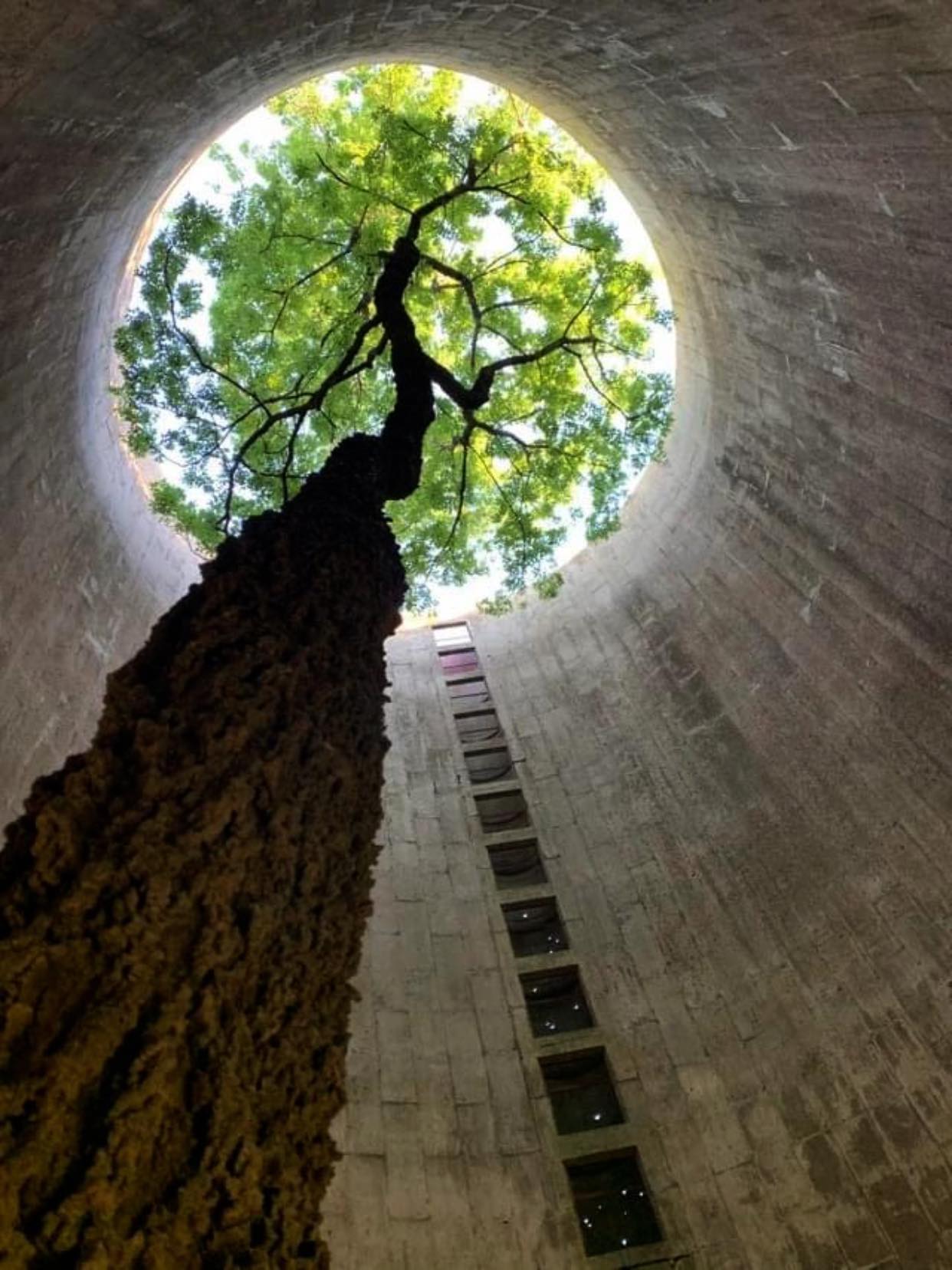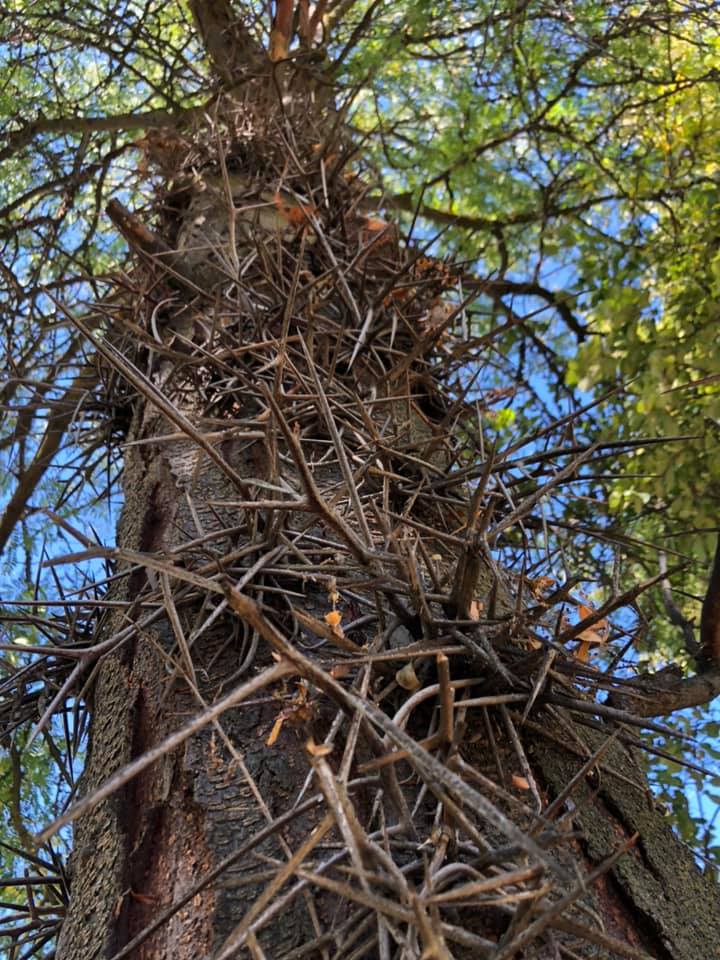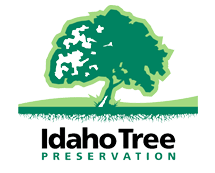Tree Service Kuna, ID
- Tree Pruning – Kuna, ID: Full service, expert pruning including crown raising, thinning, and cleaning, as well as structural pruning, risk mitigation, crown restoration and form.
- Tree Trimming – Kuna, ID: Trimming and pruning cover not only the overall visual appeal of a tree but also the health care as well.
- Supersonic Air Knife – Kuna, ID: This tool allows us to work in and around trees and tree roots without damaging them. We can provide inspections, decompression of soil and trenching safely around roots.
- Tree Consultation – Kuna, ID: Including tree selection, tree risk assessment, construction preservation, tree health evaluation and appraisal.
- Tree Preservation – Kuna, ID: Construction preservation, increasing health and vigor to increase life span, growth maintenance and written preservation plans.
- Tree Removal – Kuna, ID: Minimum impact tree removal to protect your valuable landscape. Modern rigging technology is used and safety standards are strictly adhered to.
- Stump Removal – Kuna, ID: We offer stump grinding and stump removal allowing the area to be used for other purposes.
- Cabling and bolting – Kuna, ID: Preservation techniques offering supplemental support for weak or damaged trees. We offer non-invasive, dynamic cabling systems that allow movement while preventing failure and it “grows” with your tree!
- Tree Risk Assessment: Risk assessment and mitigation action plans by an ISA Certified Tree Risk Assessor.
- Tree Spraying and Pest Control – Kuna, ID: Diagnosis and identification of disease and insect issues, identification of problem source (tree health issues) and corrective options for the holistic health of your trees.
- Root Zone and Soil Treatments – Kuna, ID: Fertilizing and mycorrhizae inoculation. De-compaction, soil analysis, root zone soil improvement, root and root flare inspections.
- Resistograph Decay Testing – Kuna, ID: With the Resistograph device we can measure the sound wood and decay in a tree to determine the level of structural integrity.

Tree growing up into a Silo right here in the Treasure Valley.

Wild Honey Locust. Where’s my suit of armor?
Kuna Idaho Area Info
Kuna (/ˈkjuːnə/ KYOO-nə) is a city in Ada County, Idaho. It is part of the Boise metropolitan area. The population was 24,011 at the time of the 2020 census.[2]
Kuna is one of the fastest-growing areas in Idaho, having nearly tripled in population between 2000 and 2010, and a nearly additional 60 percent gain between 2010 and 2020.
Kuna originated as a railroad stop with coach transport to Boise. It is popularly believed, as cited by the Kuna Chamber of Commerce, that the translation of the name “Kuna” means “the end of the trail”, but Charles S. Walgamott cites the origin of the name as a Shoshone Indian word meaning “green leaf, good to smoke.”[3]
The Western Heritage Historic Byway, designated as a national as well as a state scenic byway, travels around a number of historic sites in the area.
Kuna’s business center is approximately 18 miles (29 km) southwest of downtown Boise, the state capital.
According to the United States Census Bureau, the city has a total area of 18.18 square miles (47.09 km2), of which 18.08 square miles (46.83 km2) is land and 0.10 square miles (0.26 km2) is water.[4]
South of Kuna is the Kuna Caves a lava tube.
A small seasonal creek, Indian Creek, runs through the city. It is now used as an irrigation canal, filled by the New York Canal from the Boise River Diversion Dam. One of the few small floatable waterways in the region, Indian Creek is a favorite swimming spot for local residents.
| Historical population | |||
|---|---|---|---|
| Census | Pop. | %± | |
| 1920 | 366 | — | |
| 1930 | 398 | 8.7% | |
| 1940 | 443 | 11.3% | |
| 1950 | 534 | 20.5% | |
| 1960 | 516 | −3.4% | |
| 1970 | 593 | 14.9% | |
| 1980 | 1,767 | 198.0% | |
| 1990 | 1,955 | 10.6% | |
| 2000 | 5,382 | 175.3% | |
| 2010 | 15,210 | 182.6% | |
| 2020 | 24,011 | 57.9% | |
| U.S. Decennial Census[5] | |||
As of the 2020 census, the median income for a household in the city was $68,017. Families had a median income of $75,296 versus $91,364 for married-couple families and $33,512 for nonfamily households. About 7.4% of those aged 18 to 64 years and 8.0% of the total population were below the poverty line, including 7.8% of those under age 18 and 14.5% of those age 65 or over.[7]
As of the census[8] of 2010, there were 15,210 people, 4,782 households, and 3,838 families residing in the city. The population density was 841.3 inhabitants per square mile (324.8/km2). There were 5,108 housing units at an average density of 282.5 per square mile (109.1/km2). The racial makeup of the city was 91.2% White, 0.6% African American, 0.8% Native American, 0.7% Asian, 0.1% Pacific Islander, 3.6% from other races, and 2.9% from two or more races. Hispanic or Latino people of any race were 8.6% of the population.
There were 4,782 households, of which 56.1% had children under the age of 18 living with them, 63.3% were married couples living together, 11.9% had a female householder with no husband present, 5.1% had a male householder with no wife present, and 19.7% were non-families. 14.8% of all households were made up of individuals, and 3.9% had someone living alone who was 65 years of age or older. The average household size was 3.18 and the average family size was 3.53.
The median age in the city was 28.1 years. 37.7% of residents were under the age of 18; 7.4% were between the ages of 18 and 24; 35.1% were from 25 to 44; 15.3% were from 45 to 64; and 4.4% were 65 years of age or older. The gender makeup of the city was 49.9% male and 50.1% female.
During the first weekend in August, there is an annual celebration called Kuna Days. Regular festivities include vendors in the park, live music at the bandshell, a free kids carnival, a rubber duck race in Indian Creek, a BBQ fundraiser at the fire station, a parade, a street dance, and a fireworks show.[9]
The Snake River Birds of Prey Festival is held every year in mid-May. Taking advantage of the nearby Morley Nelson Snake River Birds of Prey National Conservation Area, which holds North America’s densest population of nesting raptors, it offers lectures and tours about raptors, as well as about local history.[10]
